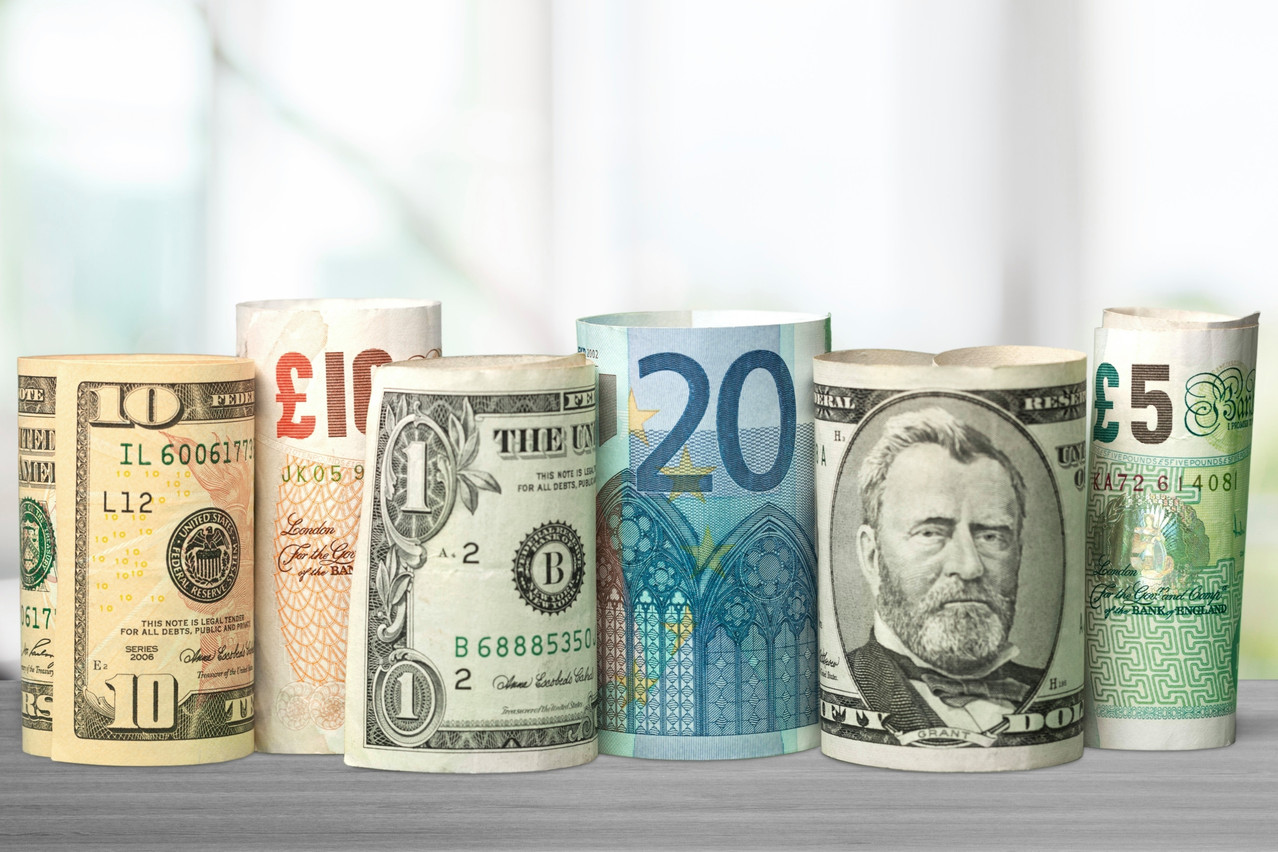The invoicing currency used in Luxembourg’s extra-EU trade has undergone significant changes in the past decade, resulting in a decline in the share of the US dollar as the preferred currency for both imports and exports.
The import share of the dollar currency dropped from 62.2% in 2012 to 46.1% in 2022, while its export share slightly increased from 23.1% in 2012 to 25.9% in 2022, according to Eurostat, the EU’s statistics agency.
Although the euro remains the dominant currency for Luxembourg’s exports outside the EU, accounting for 68.7% in 2022 (a slight decrease from 74.2% in 2012), the most noteworthy change has been the growing prominence of non-euro and non-dollar currencies.
This segment experienced a significant increase, jumping from just 1.1% share of total imports in 2012 to 6.3% in 2022, while exports share saw a rise from 2.6% to 5.3% during the same period.
Across the EU, excluding Denmark, for which 2022 data is not yet available, there has been a relative shift in trading partner choices for the invoicing currency as well.
The average share of currencies other than the euro and the dollar in extra-EU imports increased from 4.2% to 6% between 2012 and 2022, while in exports, it rose from 8.2% to 10%.
Interestingly, when considering petroleum products and related materials, the change in Luxembourg’s import is even more striking.
The share of non-euro and non-dollar currency invoices in extra-EU imports surged from a mere 1.5% in 2012 to 46% in 2022.
The euro currency continued to dominate Luxembourg’s extra-EU exports in petroleum products and related materials, accounting for 87.7% in 2022. However, there has been a significant increase in dollar invoicing, which jumped from 4.9% in 2012 to 11.5% in 2022.
In contrast, when considering the EU as a whole (excluding Denmark, the Netherlands and Sweden due to unavailability of 2022 data), the dollar currency experienced a decline in market share for extra-EU trade in petroleum products and related materials.
The share of the dollar currency invoices decreased from 81.6% in 2012 to 74% in 2022 for imports, and from 59.7% in 2012 to 54% in 2022 for exports.
Meanwhile, the euro currency experienced relative gains during the same period as the gains in other currencies remained subdued, with their market shares remaining at 3% or less throughout this time frame.
